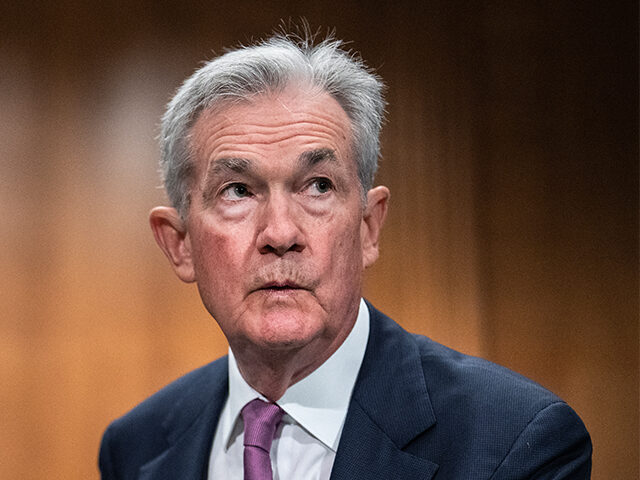Businesses in the U.S. went on a hiring spree in December, data from the ADP Research Institute said Thursday, challenging the popular outlook that a cooling labor market will allow the Federal Reserve to cut interest rates in the first quarter of this year.
The ADP report said private payrolls grew by 164,000 workers last month, the biggest rise since August. The prior month’s estimate was revised down to 101,000 from 103,000.
Analysts had been expecting a much smaller uptick to 115,000. The results exceeded the top end of the range of estimates by 34,000, suggesting hiring was much more robust than expected.
The growth in hiring was led by the services sector. Leisure and hospitality and education and health care led the growth. Manufacturing jobs contracted for a fourth straight month.
Construction added 24,000 jobs, a strong showing for a sector thought to be one of the most interest rate-sensitive parts of the economy. Financial activities and professional and business services also added workers.
The minutes of the Fed’s December meeting, released on Wednesday, showed that economists at the Fed say that “labor market conditions continued to be tight.” Policymakers at the Fed said at the meeting that they expected an ongoing cooling of the labor market would help reduce inflation in the services sector. Several participants agreed that “continued progress in reducing inflation may need to come mainly from further softening in product and labor demand, with restrictive monetary policy continuing to play a central role.”
In a separate report, the Labor Department said Thursday that initial claims for unemployment declined from 218,000 in November to 202,000 last month, another indication that labor demand is not softening. This was below all estimates for jobless claims. The four-week moving average of claims fell to 207,750 from 212,500 a week earlier.
The futures-market implied odds of a rate cut in March fell to just short of 65 percent, according to the CME Group’s FedWatch tool. A week ago, the market was pricing a 90 percent chance of a cut in March. The odds of a cut this month have fallen to below seven percent, around half of what they were a week ago.
The yield on 10-year Treasuries moved up toward four percent in Thursday morning trading. Bond yields move in the opposite direction of prices. Stocks were mixed, with the Dow Jones moving slightly higher and the Nasdaq Composite slipping.

COMMENTS
Please let us know if you're having issues with commenting.